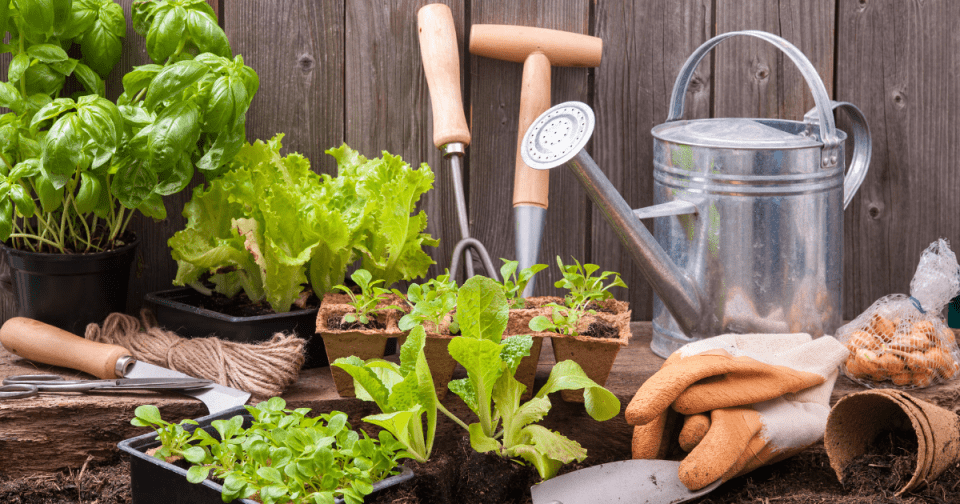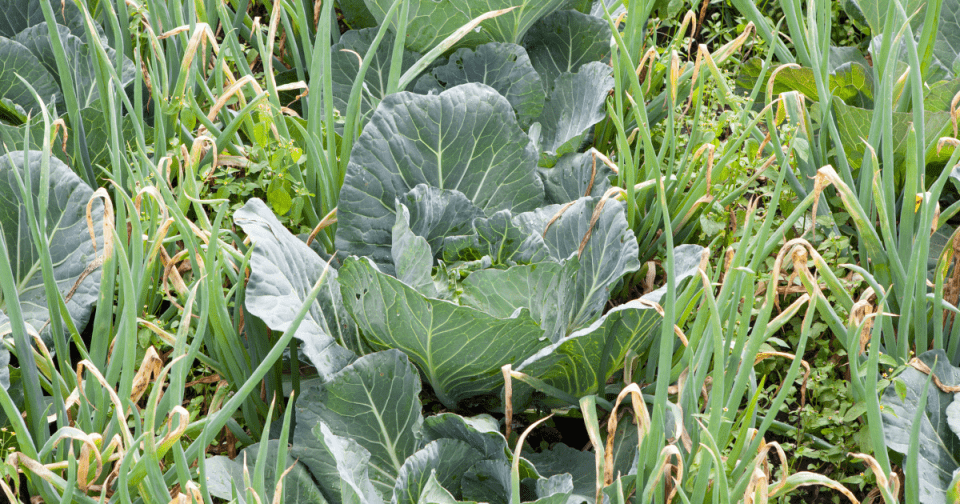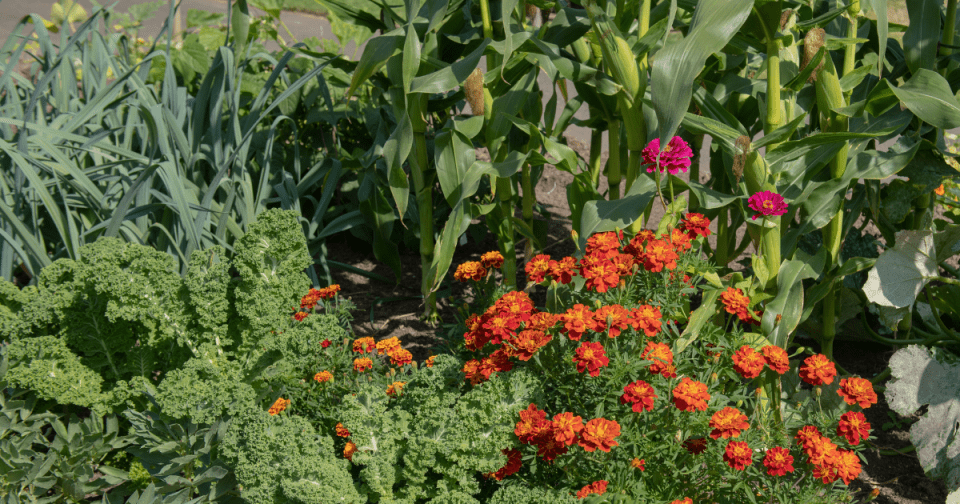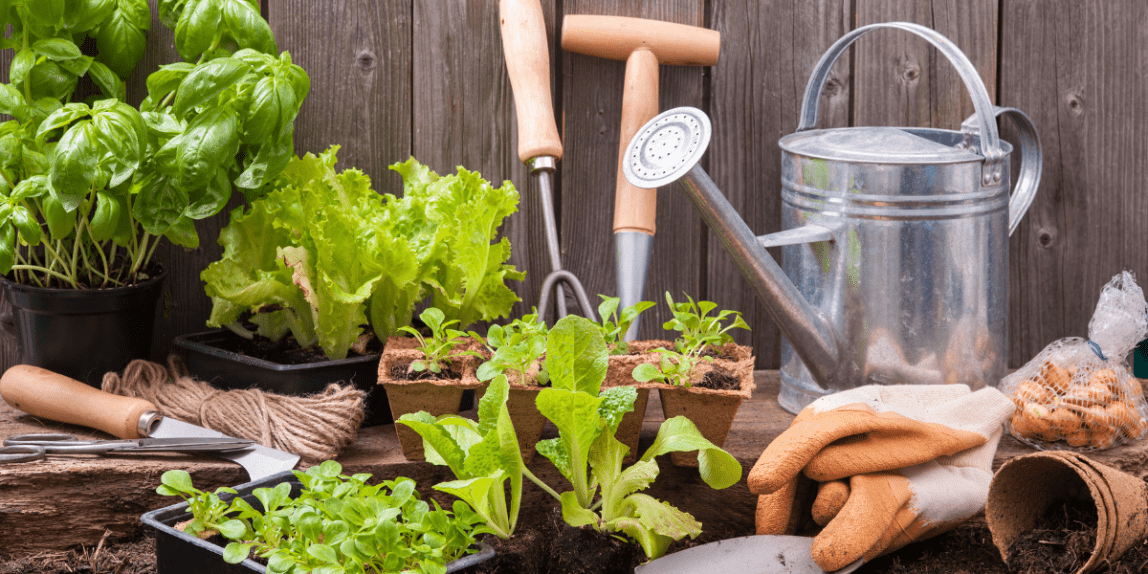As the weather warms and we start to look forward to Spring, it’s the perfect time to plan for a thriving vegetable garden! One way to grow a successful garden is by practicing companion planting; a farming technique that was practiced by the indigenous peoples of the Americas prior to the arrival of the Europeans.

In short, companion planting is the practice of growing different types of plants together to promote healthy growth and yield. This term is often used interchangeably with intercropping; however, companion planting is more specific and focuses on vegetables and herbs to enhance the health of the plant. The idea behind companion planting is simple: Certain plants have natural tendencies towards attracting beneficial insects or repelling harmful pests. By grouping plants together, you can create a more naturally balanced garden.
To give an example, basil may be used as a companion plant for tomato plants because basil attracts ladybugs, a natural predator of aphids. Because aphids are harmful to tomato plants, the ladybugs are near enough to balance out aphid-related issues. This grouping can reduce the need for pesticides in your garden and promote natural, healthy plant growth.

One of the most popular forms of companion planting is the Three Sisters method, which originated from Native Americans. In this method, the three sisters represent corn, beans, and squash, where each plant provides nutrients for the other two. Corn provides support for climbing beans; beans fix nitrogen in the soil; and squash discourages the growth of weeds between rows of corn stalks.
For the home gardener, companion planting offers many benefits including reduced garden maintenance. Many companion plants work together to support each other, in turn freeing up space and resources. For example, marigolds are often planted near tomatoes because they repel pests like whiteflies. This allows you to reduce insecticides which saves money and reduces chemical exposure.

Additional benefits of this practice include healthier crops and increased yields. Overall health of crops will improve because companion planting increases mineral availability. Certain plants can provide nutrients for others through their roots by acting as a “living mulch” or nutrient bank for other nearby plants. Additionally, when cover crops are used, the soil is less likely to dry out and additional nutrients will be deposited back into the soil. When overall plant health is improved, this results in increased crop yields and a happy gardener!
Companion Planting Guide
For a complete companion planting guide, click the link below!
Get your vegetable and herb garden started!
Follow us for the latest gardening news and updates!
